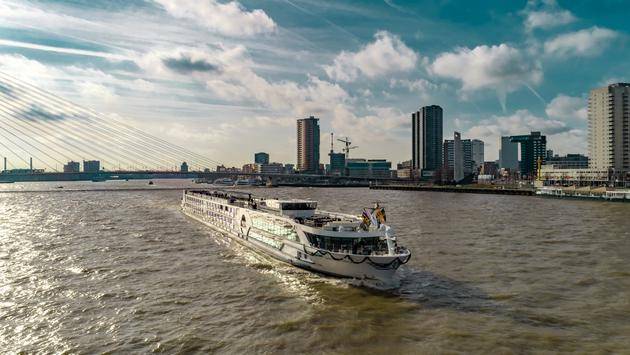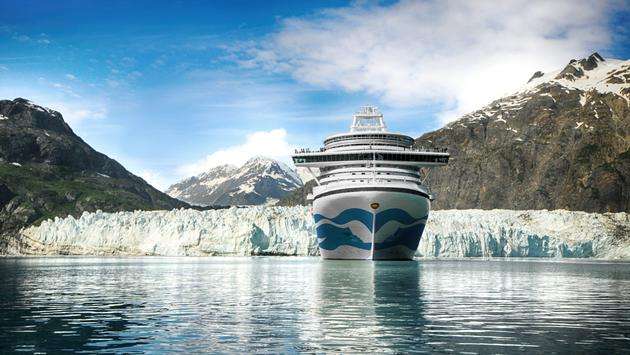September 09,2022
Advice for traveling with children according to the means of transport
by Bin Xu
Traveling by car is not the same as traveling by plane. Hence, the security measures we need to follow to ensure the child’s safety also change.
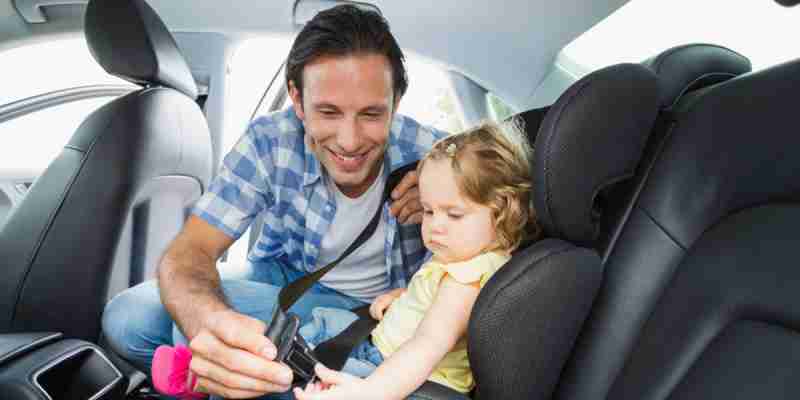
Here we offer the main recommendations for children to travel safely by different means of transport such as car, motorbike, bus, train or plane.
In all cases, even when it is not compulsory, we must ensure that children travel with an approved child restraint system adapted to their height and weight whenever possible.
Transportation Infrastructure
Since the development of the world’s earliest civilizations, people have needed to move themselves and their goods from one place to another. As world populations have grown over time, so has the need for better and more advanced systems of transportation.
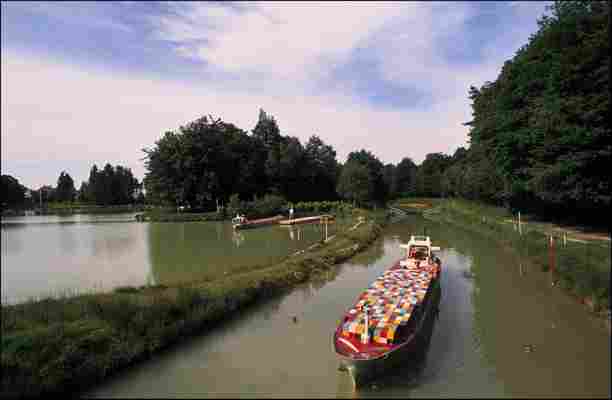
Transportation is the movement of goods and people from one place to another. In ancient times, people crafted simple boats out of logs, walked, rode animals and, later, devised wheeled vehicles to move from place to place. They used existing waterways or simple roads for transportation. Over time, people built more complex means of transportation. They learned how to harness various sources of power, such as wind, steam, and combustion, to move barges, ships, trains, automobiles, and airplanes. These new means of transportation required people to change their environments by building transportation infrastructure. Transportation infrastructure is the underlying system of public works designed to facilitate movement.
Past peoples, such as the ancient Egyptians, built ports in coastal areas for bringing and receiving goods. They also adapted internal natural waterways using dams or other means, to make them navigable. Ancient people also constructed artificial waterways called canals to move goods from place to place. Canals continued to be an important part of transportation infrastructure in societies around the world, particularly in Europe and China during the Middle Ages. Canal building in the United States reached its peak during the mid-1800s, but in other places, such as the Netherlands, canals are still an important part of the transportation infrastructure.
Overland travel has also changed over time. Historic civilizations, including the ancient Egyptians, Babylonians, and Romans, built roads and highways out of earth and stones to connect cities and rural areas. Roadbuilding in Europe and elsewhere improved during 1600s and 1700s, with increased trade and better vehicles.
With the development of the steam locomotive in the early 1800s, people began to build railways to take advantage of train travel, particularly in the United States and Britain. By the mid-1800s, workers had constructed around 11,000 kilometers (7,000 miles) of railroad track in England and Wales. In the United States, by 1900, there were more than 320,000 kilometers (200,000 miles) of track. Also during the mid-1800s, people developed means of building railways underground. The world’s first subway line was opened in London, England, in 1863. Subways are still an important part of transportation infrastructure in many of the world’s largest cities.
Automobile ownership became widespread by the mid-1900s, particularly in the United States and Europe, and people with cars soon demanded better roads. These roads would allow them to move away from cities and the need for mass transportation. Communities and governments rebuilt their roads, and major highway systems developed over time. European countries were the first to develop highway systems. In the United States, public demand from the 1930s to the 1950s led to government funding of the massive U.S. interstate roadway system.
Travel Tips: Top 10 Modes of Transportation
A major part of traveling is getting from place to place. Whether you are abroad or traveling in the US, there are multiple transportation options to choose from. A fantastic part of traveling is experiencing new forms of transportation, all while trying to figure out how to get from point A to point B on your itinerary. Sometimes it works out and other times you have to keep an open mind if you end up getting lost (it just might lead you to an unexpected discovery).

When studying abroad in Copenhagen for a semester, I was able to travel all around Europe. From my experiences of European travels mixed with my US travels, I was able to put together a list of the top ten modes of transportation used when traveling.
1. Walking
The easiest (and cheapest) form of transportation is to just walk. A lot of cities are super easy to explore on foot. Being on the streets lets you see a lot of cool and beautiful architecture, experience the people around you, and take more of the city in than compared to being in the back seat of a taxi or behind closed doors on a subway. Just make sure you to look out for bikes/cars and always use crosswalks when crossing streets. Walking on trails through Copenhagen
2. Biking
Do a quick google search and see if you’re traveling in a city that is biker friendly. It’s a bit faster than walking and super fun. Many of the major cities will have a bike sharing service, such as Donkey Republic (major European Cities), CitiBike (NYC), and Divvy (Chicago). Another option is taking a bike tour of a city. Just don’t forget to rent a helmet!
Bikes in Amsterdam
3. Cars
Whether you rent a car, drive your own, use a ride share app, or take a taxi, driving is another simple way to travel around. Especially in big cities you may not be the most familiar with, hopping in an Uber, Lyft, or taxi may keep you from getting lost. Road tripping is another incredible way to travel around. You can check out a few previous BTB articles, giving you tips on staying fresh on the road and ideas on how you can live out of your vehicle. Driving through Arizona Driving through Keuka, NY
4. Trains
Trains are a nice and easy way to get to where you need to go. Whether you’re commuting to a city or going home from RIT for a school break; trains are roomy, convenient, and give you some time to relax. Remember to bring something to do such as a book to read, music, or a movie if you have a long trip ahead of you. Some trains even have WiFi and other commodities. During my daily commute into Copenhagen for class, one of my favorite things to do was watch the scenery pass outside my window. Just make sure to always have your ticket handy if a ticket inspector comes by.
Train in Copenhagen
5. Buses
Whether you’re taking a public bus, a charter bus across a country or a hop-on-hop-off tourist bus, there are a few things to remember. For public transportation, always have cash or coins to pay for a ticket when you board (it’s rare they take credit cards) and hit the stop button before your stop to indicate to the driver you need to get off. If you are taking a chartered bus, make sure you are on time and double check that you’re getting on the right one. Hop-on-hop-off buses are another exciting way to see a city. They run right on schedule, so don’t be late and always keep the schedule handy. Double Decker bus in England
6. Boats
Some cities have boats included in their public transportation. From huge ferries to small boat tours, this mode of transportation provides a unique view of the city and is definitely worth checking out. Some European countries offer ferry rides from country to country, giving you an interesting and unique alternative to flying. If the city you’re visiting is surrounded by water, check out some boat tours, and see what type of excursions are offered. Spending a little extra money for a boat tour (or even a sailing trip) will help you you’ll learn a lot about the area, get awesome pictures, and have loads of fun.
Ferry in Helsinki, Finland
7. Subways
The metro/subway can be a quick way to avoid some walking. Just make sure to take a look at the map and figure out which direction you need to go to before jumping aboard. Most systems are easy to follow, especially now with Google and other map apps working cohesively with them. While aboard, remain vigilant - especially when it’s crowded, so you remember when to get off. The subways move fast and it can be easy to miss your stop. Subway in London
8. Aerial Tramways
If you’re willing to face your fear of heights or already love being on the top of mountains, this a perfect way to see the view. Aerial Tramways come in all different sizes, from fitting a few people to upwards of a hundred people. They are an enjoyable and thrilling way to soar up to a mountain. Aerial Tramways provide an exceptional view of the city and the terrain around you. It may cost you a little bit of money, but the view will definitely be worth it.
Aerial Tram in Chur, Switzerland
9. Flying
Flying is a great way to get yourself to a major city and start your adventure. Airplanes get you places fast and are the most versatile mode of transportation, taking you across states, across countries, and across waters. It’s good to pack some snacks, a neck pillow, and definitely, something to do on a flight…no matter the distance. If you are planning on taking a long flight, you can read a previous BTB article giving you some pointers on how to survive the trip. Flying over Kingston, Jamacia
10. Funiculars
A great alternative to aerial tramways is funiculars. These railways use cable traction to move on steeply inclined slopes, moving cars up and down hills and mountains. Plus, you’re technically always on the ground (just on an angle), so it’s perfect for those afraid of heights. You avoid climbing a steep hill yourself and it provides a unique advantage point of the city. Usually, the cars overlook a city, giving the riders a one-of-a-kind view.
View from a funicular in Bergen, Norway
Along with this list of some of the top modes of transportation, another great tip is to look into a weekend/short-term public transportation passes for the city you’re in. Many cities offer discounts or packages to help you save some money and keep from worrying about having to constantly get new tickets. Some cities even have a tourist card that will get you public transportation, as well as free/discounted admission into museums.
Exploring various modes of transportations is a fun, exciting way to discover new things about a city and change up your traveling habits. The right mode for you will depend on the city you're in, what type of experience you’re looking to have and your own personal preferences. We recommend trying out as many as you can during your traveling adventures. Don’t knock it, till you try it!
Tagged: rit study abroad
Leave a Reply
Please sing in to post your comment or singup if you dont have account.
Favorite articles
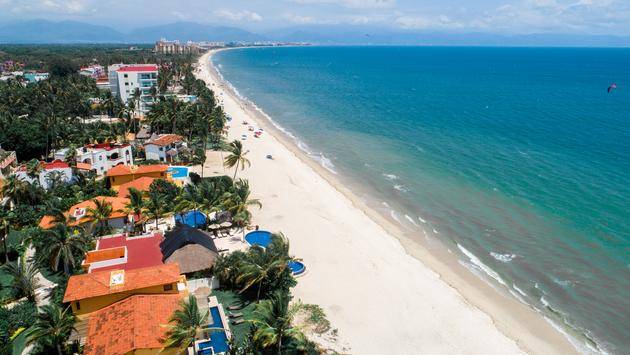
Riviera Nayarit Consolidates Air Connectivity With New Routes
January 03,2022

Looking for a Black Friday Deal? Try Summer 2021 Travel
December 30,2021
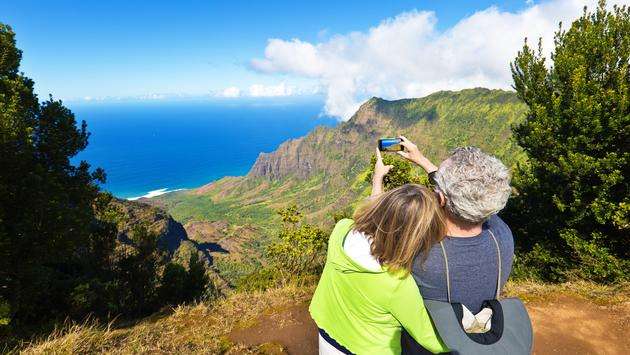
Kauai Drops Out of Hawaii’s Pre-Travel Testing Program
December 28,2021
Most popular articles
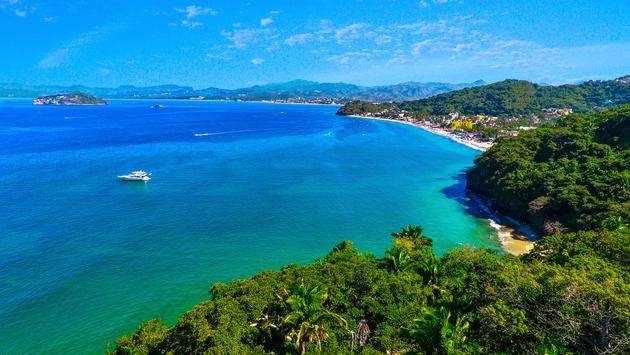
Riviera Nayarit Proves Resilience With New Hotel Openings
January 04,2022
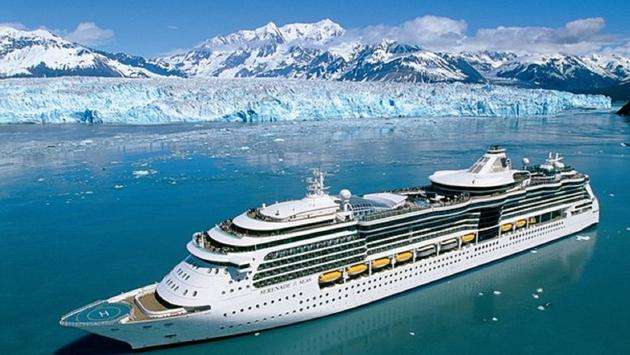
Large Cruise Ships Return to Alaska
December 29,2021
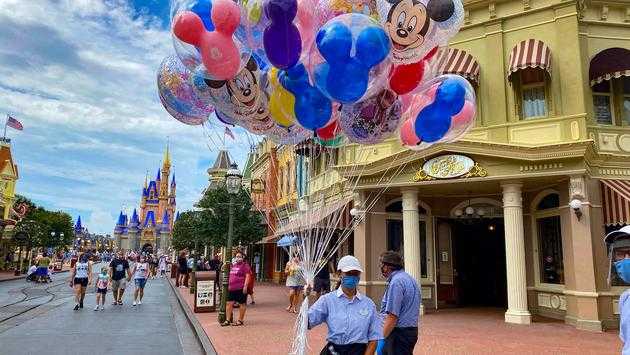
How to Score Free Disney World Theme Park Tickets in 2021
December 26,2021

Hotel Xcaret Arte To Make Its Debut in July 2021
December 25,2021
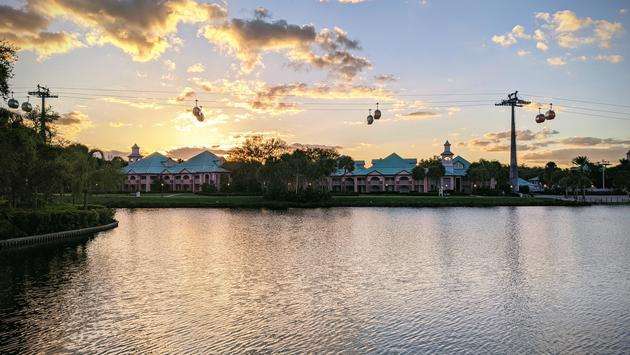

Families Can Virtually Visit Santa With Finnair
December 20,2021
Popular articles

Public Donates More Than $100K To Harassed Hotel Worker
January 02,2022
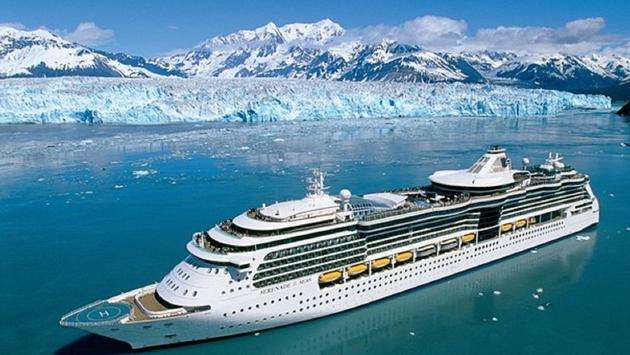
President Biden Signs Law To Restart Cruising in Alaska
January 01,2022
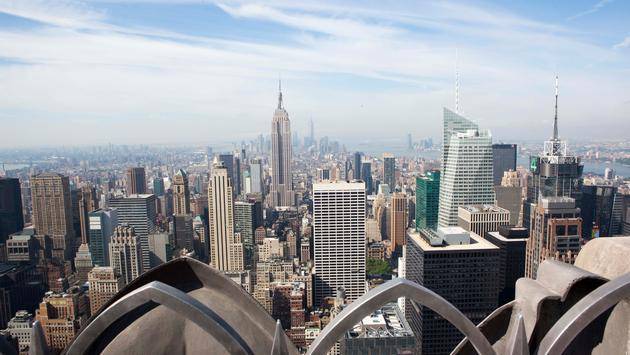
New Proposal Would Create 24-Hour Nightlife Zones in New York City
December 31,2021
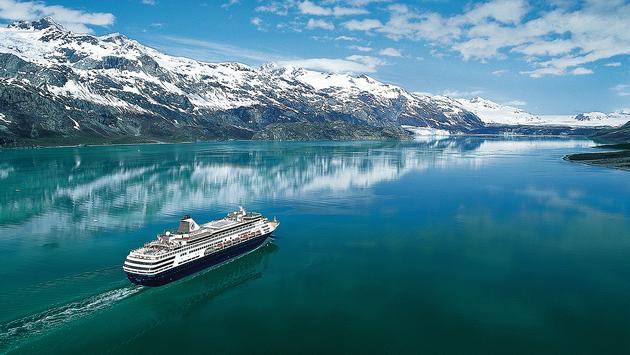
Holland America Line Launches 'BIG' Wave Season Offer
December 23,2021
Categories
Favorite articles
Riviera Nayarit Consolidates Air Connectivity With New Routes
January 03,2022
Looking for a Black Friday Deal? Try Summer 2021 Travel
December 30,2021
Kauai Drops Out of Hawaii’s Pre-Travel Testing Program
December 28,2021
Most popular articles
Riviera Nayarit Proves Resilience With New Hotel Openings
January 04,2022
Large Cruise Ships Return to Alaska
December 29,2021
How to Score Free Disney World Theme Park Tickets in 2021
December 26,2021
Hotel Xcaret Arte To Make Its Debut in July 2021
December 25,2021
Families Can Virtually Visit Santa With Finnair
December 20,2021
Popular articles
Public Donates More Than $100K To Harassed Hotel Worker
January 02,2022
President Biden Signs Law To Restart Cruising in Alaska
January 01,2022
New Proposal Would Create 24-Hour Nightlife Zones in New York City
December 31,2021
Holland America Line Launches 'BIG' Wave Season Offer
December 23,2021

